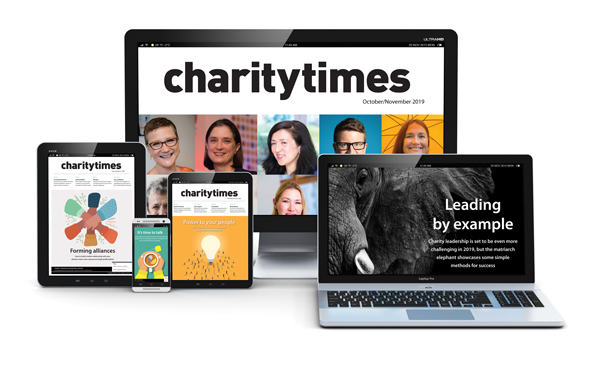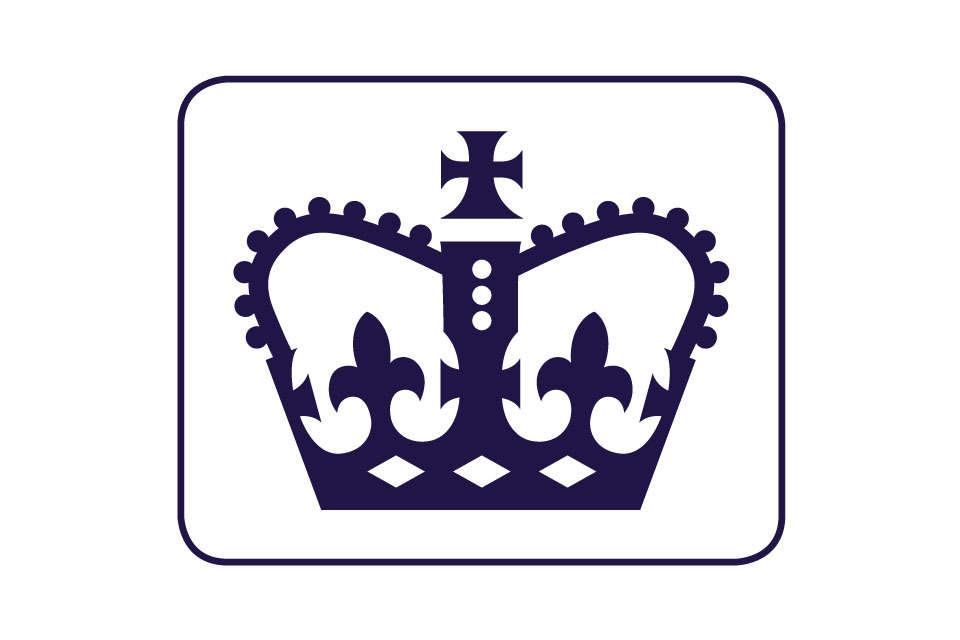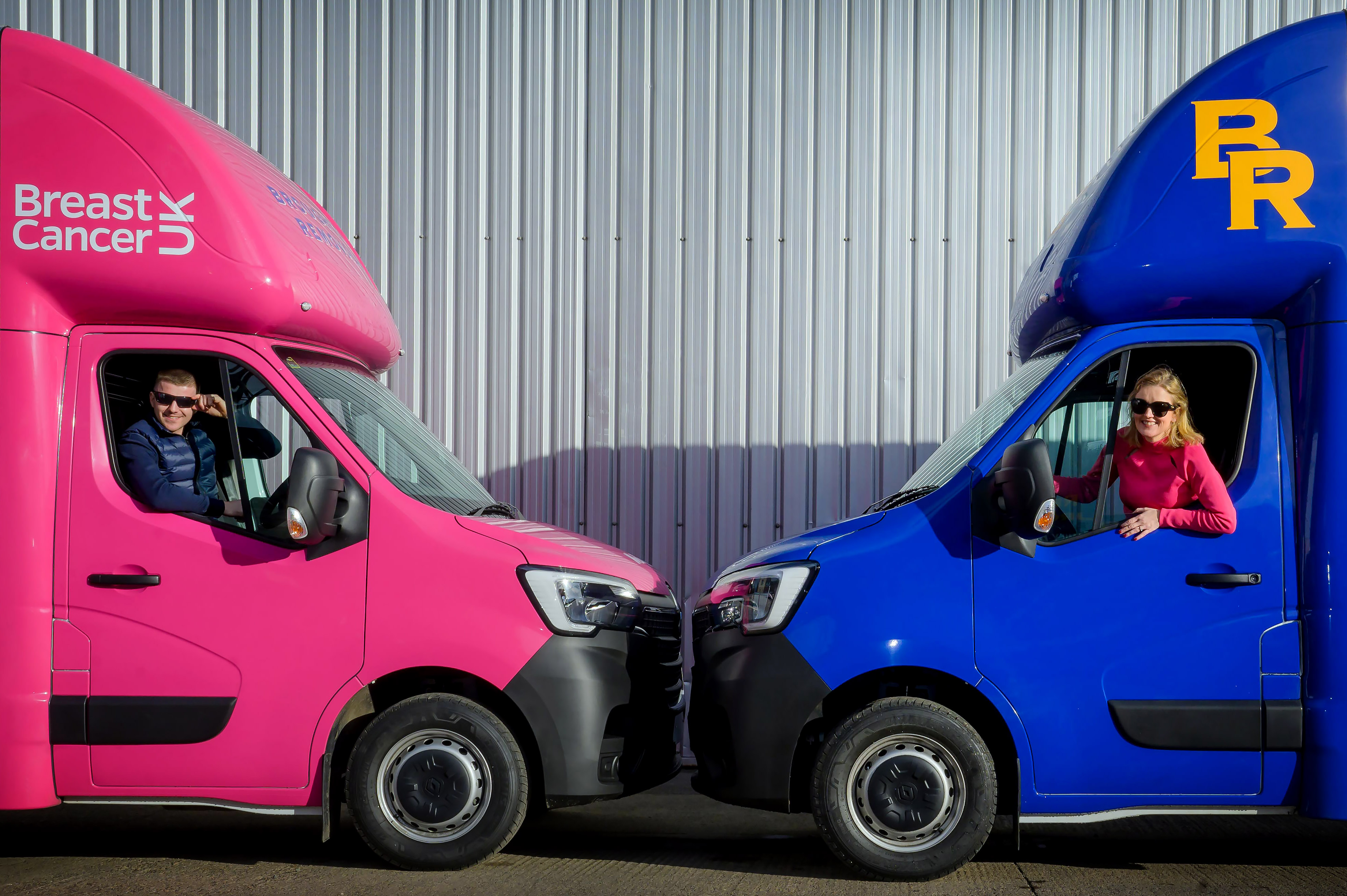Volunteers are often at the heart of charities’ work across Britain. People want to give their time, but matching those good intentions with the right opportunities can be a challenge. Modern life is busy and too often, the right opportunities and the right people simply don’t find each other.
That’s why, thanks to support from players of People’s Postcode Lottery, Royal Voluntary Service is developing a free-to-use digital volunteering platform, designed with input from charities of all sizes to support charities across the sector with recruiting and onboarding volunteers.
In this Q&A, Fiona Longhurst, Chief Knowledge Officer of Royal Voluntary Service, explains how this approach could build on the existing work being done across the sector to recruit volunteers. Not by replacing human touch, but by adding to it – helping create a steady pipeline of volunteers and making opportunities more visible, flexible and accessible.
_________________________________________________________________
Before we get into the details, could you tell us a little bit more about what exactly the platform is?
The platform is a completely free-to-use digital tool, designed to connect charities with task-ready volunteers. Charities can upload volunteering roles ranging from flexible, one-off opportunities to more traditional and long-term roles. Potential volunteers will be able to browse these roles before clicking and connecting with those that suit their interests and fit around their personal commitments.
It will launch to the public in October, but it’s already available to charities, who are being encouraged to sign up and invited in waves to start uploading roles ahead of the public launch.
What is the purpose behind developing the platform and what do you hope it achieves?
Many charities, including Royal Voluntary Service, are struggling to recruit the support they need, and there’s been an overreliance on the older generations who have long been the backbone of volunteering. From our research, we know that there’s public appetite for volunteering, particularly among younger people, and specifically for opportunities that are flexible, easy to access, and available through digital channels.
The platform is about tapping into that potential. It aims to inspire a new wave of volunteering across Britain by breaking down barriers, encouraging innovation, and building a more connected, responsive volunteer network.
We hope the platform will add to all the brilliant work already happening across the sector, complementing existing methods of volunteer recruitment, and giving charities another way to reach people who are ready to give their time. It’s about helping to connect potential volunteers with causes they care about, and offering them a diverse range of roles that fit around different lifestyles and availability.
What key features will charities be able to benefit from?
The platform is completely free, designed to save time and cut down recruitment admin. Roles can be uploaded in bulk, quickly and simply by filling out a CSV template. Looking ahead, we’re planning to offer free criminal record checks and to integrate with existing volunteer management systems, so everything runs as smoothly as possible.
Also being developed is built-in tracking and measurement tools, for charities to see how volunteers are engaging, what’s working, and where there’s room to grow. That’s especially useful when you want to show your impact – whether to potential funders, supporters, or your own team.
What impact does the platform hope to have on the sector?
We know people are eager to volunteer, but let’s face it, life gets in the way. Circumstances change, time gets tight.
The platform gives people an easy way to discover volunteering roles that align with their interests, availability, and lifestyles. Volunteers can search and filter roles by things like location, cause type and remote roles. It’s the hope that by offering a broad and diverse range of volunteer opportunities that can be browsed and managed in the same way many of us manage other parts of our lives – digitally, we can welcome new people into volunteering.
For example, we hope the nature of the platform will make volunteering feel more accessible to busy people of working age, who aren’t currently the most typically active volunteers. Charities can benefit from welcoming this new audience and talent, allowing them keep doing what they do best.
Once a volunteer registers and completes an identity check, they will be able to move seamlessly between roles and charities without repeating basic assurances, making it even easier for them to discover multiple new roles.
How does the platform support accessibility and inclusion in volunteering?
We’re building accessibility in from the ground up. It’s a core focus and we're designing to meet AA accessibility standards and aim for AAA wherever possible. As the platform evolves, we’ll continue to consult with people who have lived experience, to make the platform as inclusive and useable as possible for as many people as possible.
It’s all about opening volunteering up, understanding barriers, and doing all we can to ensure that digital, accessibility, and cultural barriers that might have previously prevented some people from getting involved, don’t stop volunteering from becoming more inclusive and welcoming.
Why is collaboration so important for this project, and for the sector?
Collaboration is at the heart of making any resource like this truly effective. By working closely with other charities, we’ve been able to listen and understand what’s needed across the sector, not just what works for us. From initial focus groups to ongoing workshops, user testing, and one-to-one charity feedback, we’ve sought to collaborate at every stage and will continue to do so.
Local charities such as Green Light Trust in Norfolk and Suffolk are uploading roles to attract nearby volunteers, with national charities like Re-engage uploading roles to support their services across the country. It’s not about a one-size-fits-all tool, but about building something that’s shaped by the sector, for the sector – and can respond to a range of different needs.
How can charities get involved?
Whether your cause is health, heritage, sport, animals, the environment – or something beautifully unique to your community – we’d love you to be part of this. The platform is another way that together we can make volunteering easier, more accessible and more visible.
Learn more and sign your charity up to the platform for free at royalvoluntaryservice.org.uk. There’s also a series of webinars available to charities, where our team can walk you through how the platform works, answer any questions, and show you how to get the most out of this resource.
Latest News
-
More than one in four charity workers fear losing their job this year
-
Charity's founding leader to move on after 28 years
-
‘Worrying trend’ of charity CEOs quitting amid burnout fears
-
Suneet Sharma: Embedding governance as a strategic enabler
-
Global disability charity closes UK office citing ‘financial pressures’
-
Q&A: Why a proactive approach to organisational health checks is key in the third sector
Charity Times video Q&A: In conversation with Hilda Hayo, CEO of Dementia UK
Charity Times editor, Lauren Weymouth, is joined by Dementia UK CEO, Hilda Hayo to discuss why the charity receives such high workplace satisfaction results, what a positive working culture looks like and the importance of lived experience among staff. The pair talk about challenges facing the charity, the impact felt by the pandemic and how it's striving to overcome obstacles and continue to be a highly impactful organisation for anybody affected by dementia.
Charity Times Awards 2023
Mitigating risk and reducing claims

The cost-of-living crisis is impacting charities in a number of ways, including the risks they take. Endsleigh Insurance’s* senior risk management consultant Scott Crichton joins Charity Times to discuss the ramifications of prioritising certain types of risk over others, the financial implications risk can have if not managed properly, and tips for charities to help manage those risks.
* Coming soon… Howden, the new name for Endsleigh.
* Coming soon… Howden, the new name for Endsleigh.
Better Society

© 2021 Perspective Publishing Privacy & Cookies











Recent Stories